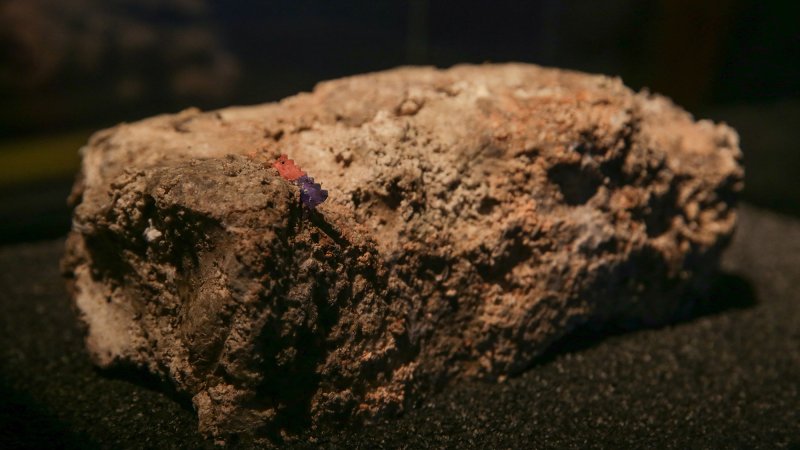Science
Engineering
A guide to the structures, machines, and systems that power and connect our world.
Latest in Engineering

Technology
A guide to the structures, machines, and systems that power and connect our world.
Breakthroughs, discoveries, and DIY tips sent every weekday.
By signing up you agree to our Terms of Service and Privacy Policy.